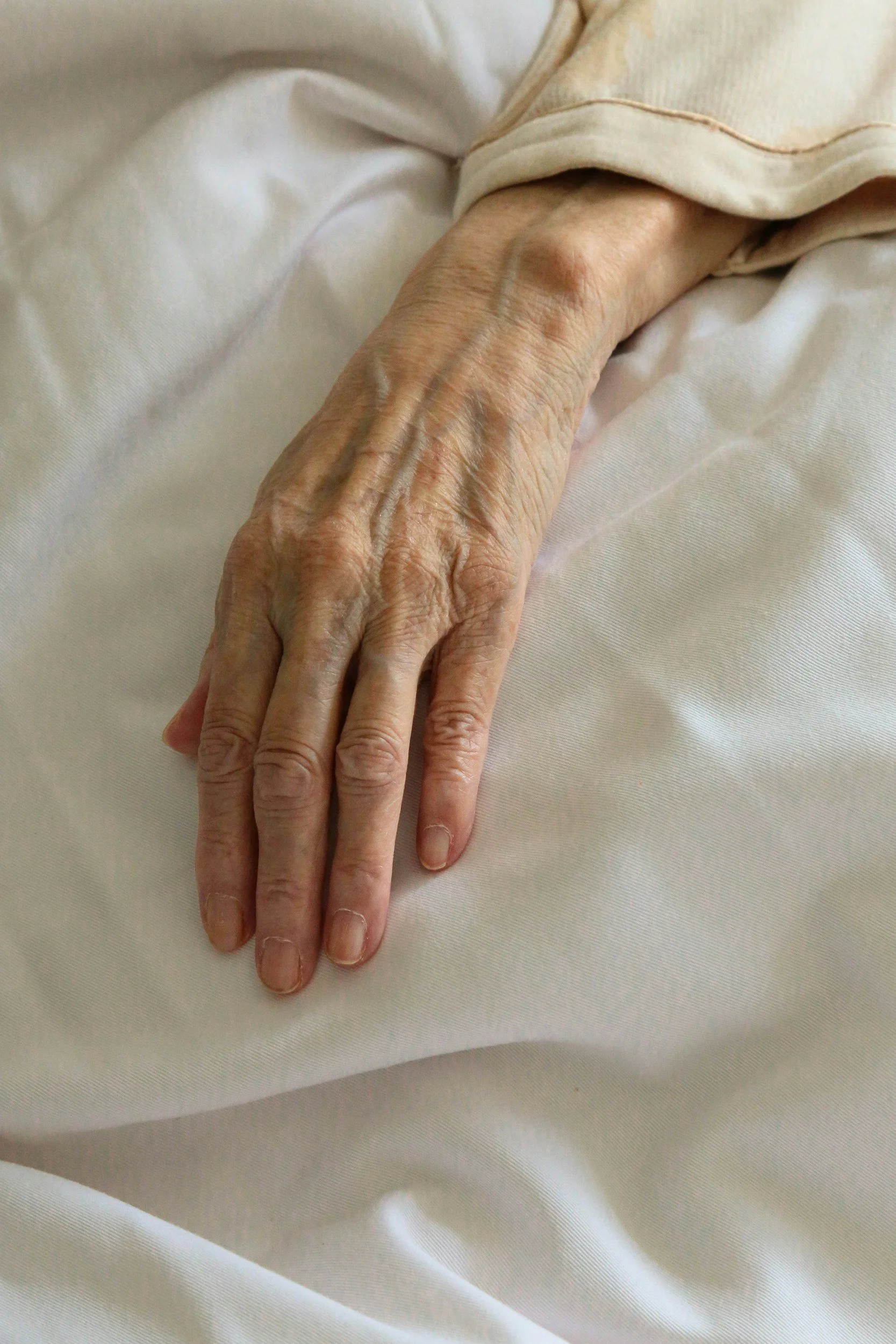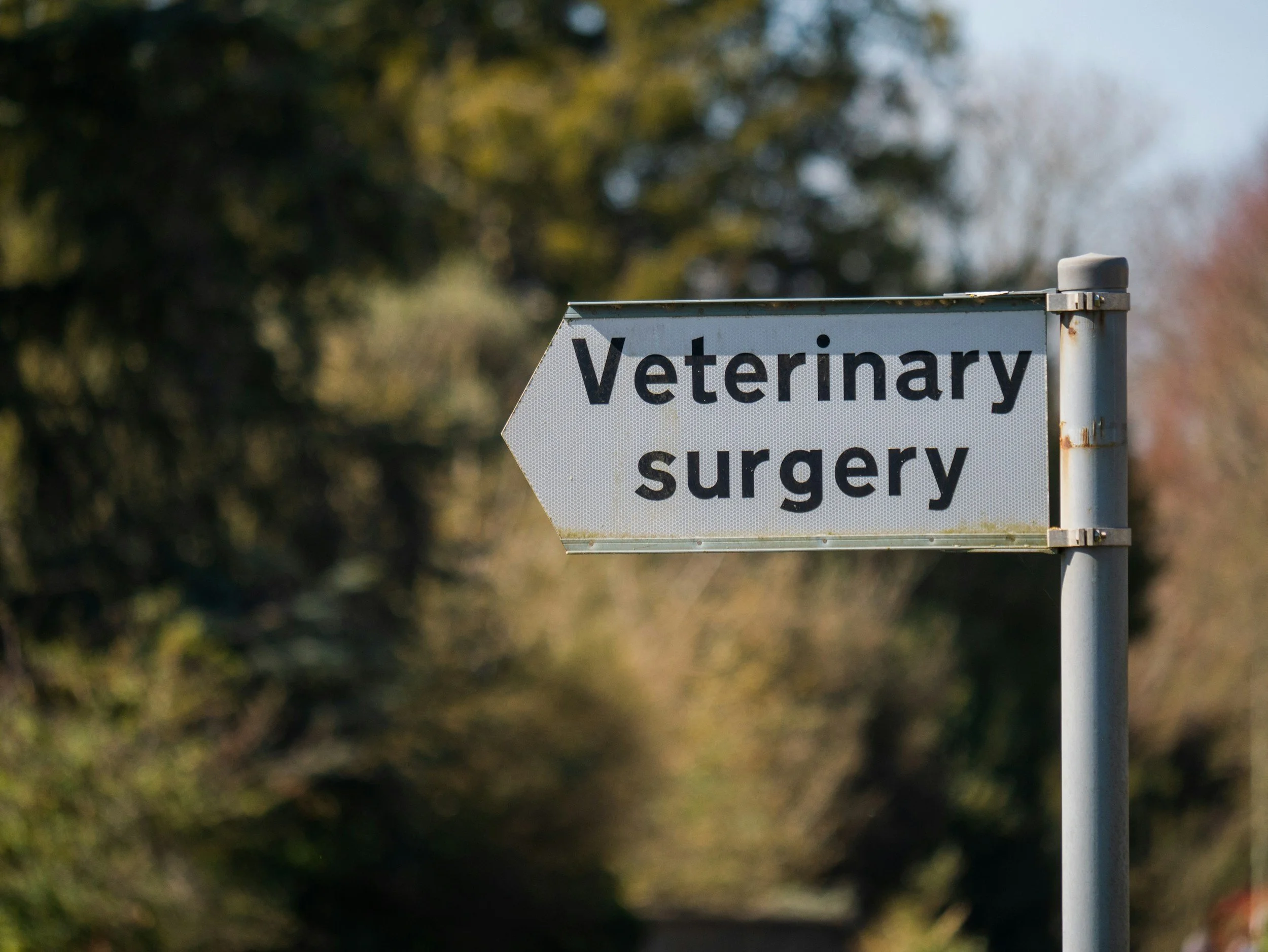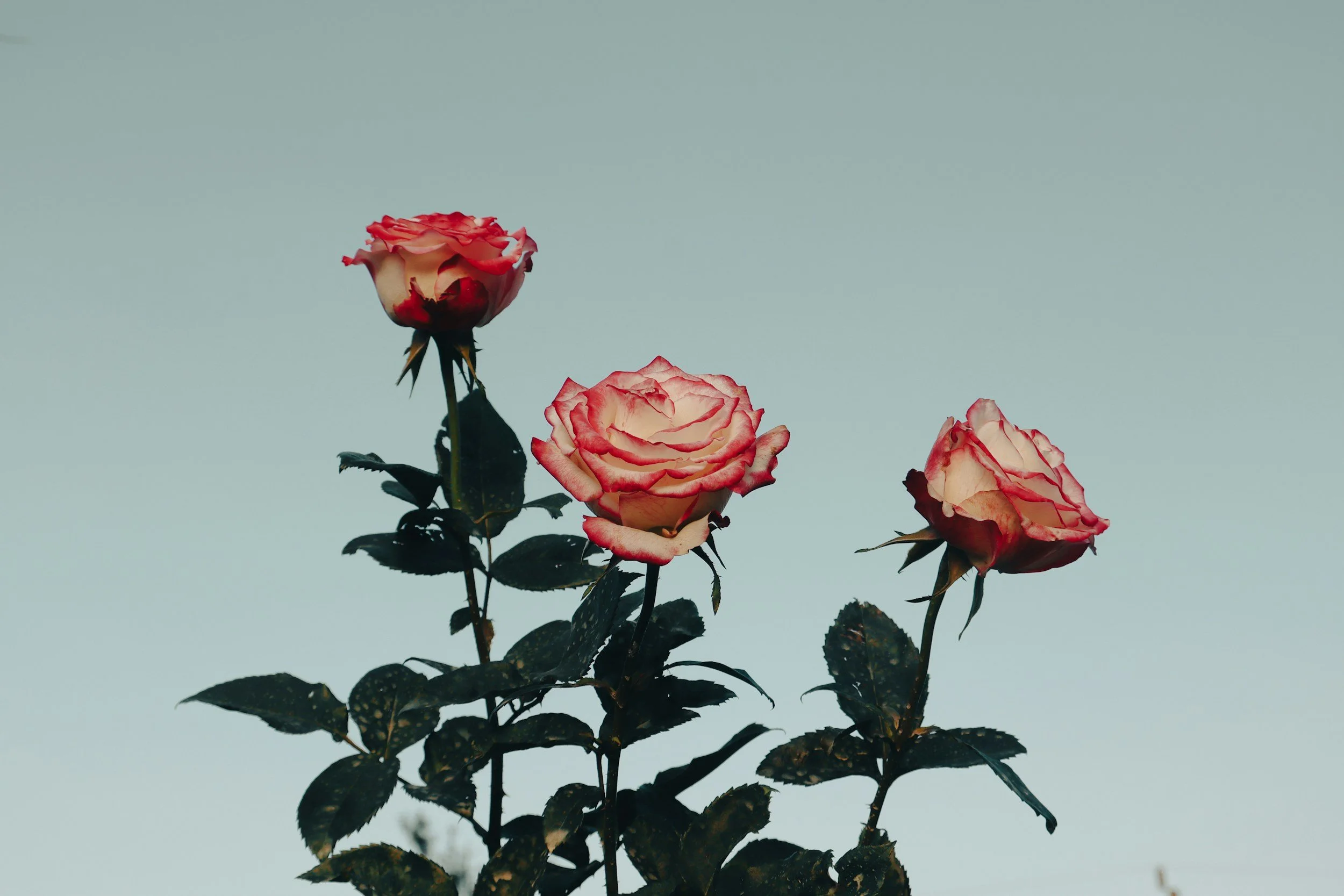Burying Tamar
I had to wait until I was fifty-seven to learn that something quite profound happens when we are given the opportunity to care for our own dead, to bury them in a way that is personal and meaningful and feels like a true labor of love.
My husband Kurt and I have made our home for the last twenty years at Dancing Rabbit Ecovillage. Located in rural Northeastern Missouri, Dancing Rabbit (DR) is an intentional community based on ecological principles. We own our homes individually, but share ownership of our two hundred eighty acres, make decisions by consensus, prioritize sustainable materials for construction (both the home and the business that Kurt and I built are strawbale, powered by sun and wind), garden and farm organically, recycle everything, and utilize a vehicle cooperative instead of owning our own cars.
Kurt and I arrived when we were forty-eight and forty-two years old. We blithely, and naively, assumed that since we were almost two decades older than most of the Rabbits (the founders were all young adults fresh out of Stanford University) that we would be the first to die, and we would be buried somewhere on the Dancing Rabbit Land Trust.
In the saddest way possible we were disabused of that notion when our friend and fellow DR member Tamar, then age thirty-two, was diagnosed with pancreatic cancer. We were devastated. She returned to her family home in Massachusetts to seek treatment and to be with her family. While she was there she let us know that when the time came, she wanted to be buried at Dancing Rabbit. Her family, in one of the first of many extremely gracious and loving gestures, agreed with her decision and committed to making it happen.
As is often the case here, we all went to work doing what we could to learn the intricacies involved to legally bury someone on our land. We found an excellent book: Final Rights: Reclaiming the American Way of Death by Lisa Carlson and Joshua Slocum from an organization called Funeral Consumer Alliance. The goal of this organization is to ensure that consumers are fully prepared and protected when planning a funeral for themselves or their loved ones. They do this by offering objective facts about funeral planning so families can plan a meaningful goodbye that fits their needs and their budget.
Armed with this book and a lot of gumption, we began planning. Tamar told us where she wanted to be buried, and Tony went to the county courthouse and learned what many farmers have known for generations; that because we owned the land, we could bury our friend here. The requirements (in Missouri) were that the burial ground could not exceed one acre, that we would need to deed it in trust to the county commission, and file a deed with the county clerk within sixty days. Done. When she died, we knew what we needed to do. This makes it sound so easy. And in a way, it was. But our hearts were breaking, and we all had a sense of foreboding.
Being able to make and carry out the burial plans changed many of our lives. Tamar did not want to be buried in a casket, so I volunteered to sew a shroud. A shroud was more of a concept rather than something real for me. There was very little on the internet at the time. But I could sew, and I thought about it a lot; I finally came up with a design that felt practical and beautiful.
When the news of her death arrived, we all went into action, carrying out the tasks for which we had prepared. I began cutting and sewing some simple vintage linen fabric into a vessel for our friend. I cried as I worked; I almost sewed over my fingers numerous times because it was difficult to see through the tears. I was so angry, and so, so sad. I realized later that by doing something physical, I was able to work through my grief with every stitch. It was cathartic, and I began to get a glimmer into why home funerals are valuable in ways far beyond the economic savings. Thomas crafted a bier, in the older sense of the term, out of local wood, woven together with grape vines. We dug the hole ourselves; it was difficult. Not only does our land have hard, clay soil, but we dug with sad hearts and tears streaming down our faces.
We found that once we had a death certificate that it was quite straightforward to acquire a transit permit to drive Tamar’s body from Massachusetts to Northeast Missouri. We worked with a kind and compassionate funeral director in Massachusetts who located a low-impact casket made of cardboard and who packed her body in dry ice for the journey. When Tamar’s father Amos and friend Nathan arrived in Rutledge after their nineteen hour journey, they drove straight to Sandhill Farm, an intentional community just three miles from DR, where the casket was placed in Sandhill’s walk-in cooler.
A few hours later the casket was brought to the home of Tom and Tereza at Dancing Rabbit where a small group of friends gathered to say goodbye and to wrap Tamar’s body in the shroud. We placed her on the bier and covered her with flowers. We stepped out of the house carrying Tamar and saw that the rest of our community, friends and Tamar’s relatives standing silently, lining the pathway from the house to the burial site.
In the Jewish tradition, the pallbearers stopped seven times on their journey from the house to the burial site. During these stops, the pallbearers changed places with someone along the path, giving everyone who wanted a chance to step in to help carry her. We created the service ourselves; people sang and shared stories. Tamar’s mother, Eva, led us in the Kaddish. Other family members spoke; a former fiddle student of Tamar’s played. A local business brought packets of flower seeds to hand out.
When the time came, we lowered her into the grave. It was not smooth and effortless like many other funerals I have attended. Our lowering of Tamar was awkward, with ropes and knots and uncertainty, yet once again felt important to do ourselves as part of our mourning process. We then filled in the hole, shovelful by shovelful; even the children helped if they wanted, and many of them did. It was horrible. It was lovely. It was grief, real and raw made manifest with every action. Every single person at DR, and many other friends, relatives, and neighbors contributed. It really did take a village.
In my mind, I couldn’t help but contrast this experience with the burial of my brother just a few years earlier. After the church service, we all decamped to the local cemetery where a neat, coffin shaped hole had been precisely dug by a backhoe hours before. The dirt that had come out of the hole was covered with a large sheet of artificial grass, as if the dirt were too painful or horrible to look at. His shiny, very expensive wood-and-metal casket was placed on a metal rack suspended above the hole. When the service was over, the funeral director pushed a button and the casket lowered, slowly and smoothly, into the grave. We all sat quietly and watched.
After Tamar’s service, we gathered for a potluck meal, first joining hands in a circle and singing. After the meal, people talked in small groups, sat and reflected quietly, or went on a tour of the buildings Tamar had helped build and the gardens in which she had spent so many hours.
One year later, Amos, Eva, and Tamar’s sister, Sharon, had a memorial delivered. Instead of a formal headstone, keeping with Tamar’s aesthetic, they chose a large rock and had the front smoothed and etched with Tamar’s name and dates. Our friend Megan came and led us in creating a mosaic to encircle the text. Each day, we pass by this memorial, and often leave a stone in remembrance. However, I find I don’t need the beautiful rock, or the Asian Pear tree planted there, to remember Tamar. She and her family have given us an incredible gift that will stay with us always. They enabled us to learn to care for our own dead, to show our love, to work through grief, and to understand that many of the old ways are still valuable. For this, we are grateful.
-Alline Anderson
Alline Anderson is a native Californian transplanted to Dancing Rabbit Ecovillage in the rural Midwest, where she is constantly astonished by fireflies, wide open spaces, and remarkable cloud formations. An entrepreneur and artist, she runs an inn and cafe, pretends to speak French, and collects wind-blown nests. In her spare time, she writes, makes jam and pickles, reads voraciously, and volunteers for organizations she believes in.





















